How often do I need to recalibrate my dyno?
Recalibration — why and how often? As with other precision scales or measuring tools, your dynamometer’s readings should be periodically checked for accuracy. Due to wear, temperature changes, corrosion, etc. mechanical and electronic sensors gradually drift slightly away from their original calibration. Over time, an actual 100.00 foot-pound torque load might begin to incorrectly register as only 98.54 foot-pounds! Fortunately, such errors can be easily fixed.
The procedure is to first check the torque reading without any calibration load on the dyno. Say you discover that, at rest, it’s incorrectly reading +0.98 foot pounds. Simply use the dynamometer’s “Zero Offset” to offset all torque readings down by -0.98 foot-pounds.
However, you’ll find that the above correction also shifts that loaded 98.54 foot-pound reading down to 97.56 foot-pounds! That’s normal, and is taken out with a gain change during “dead-weight” recalibration.
Next, using a known weight & calibration arm (simulating torque in your normal operating range) you can observe any gain error. Assume you hang an 83.01 foot-pound calibration load but it reads only 80.98 foot-pounds. Just enter the desired 83.01 foot-pounds (into the recalibration screen) and press the re-calibrate button. The error’s gone!
You should repeat the zero and recalibration process (at least once) to work out the slight influence that large gain changes have on the offset value. The above offset and gain procedure is used for most type channels. DYNO-MAX users can even enter calibration data at multiple load points (to factor out the slight non-linearity present in most transducers) for wider-range precision.
How often should you verify calibration? Let your first few re-certification experiences, and required testing accuracy, determine your schedule.
